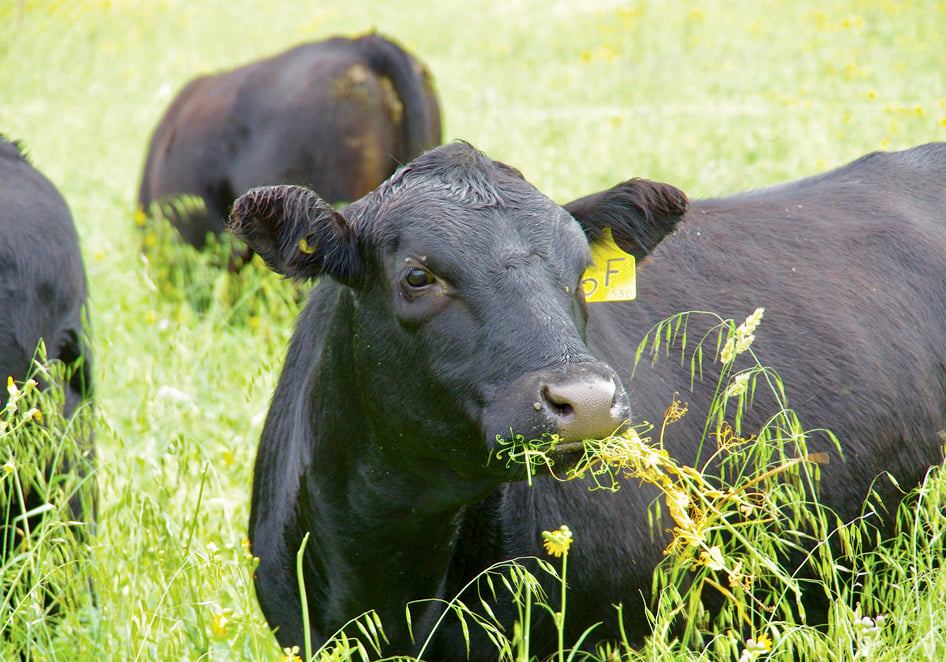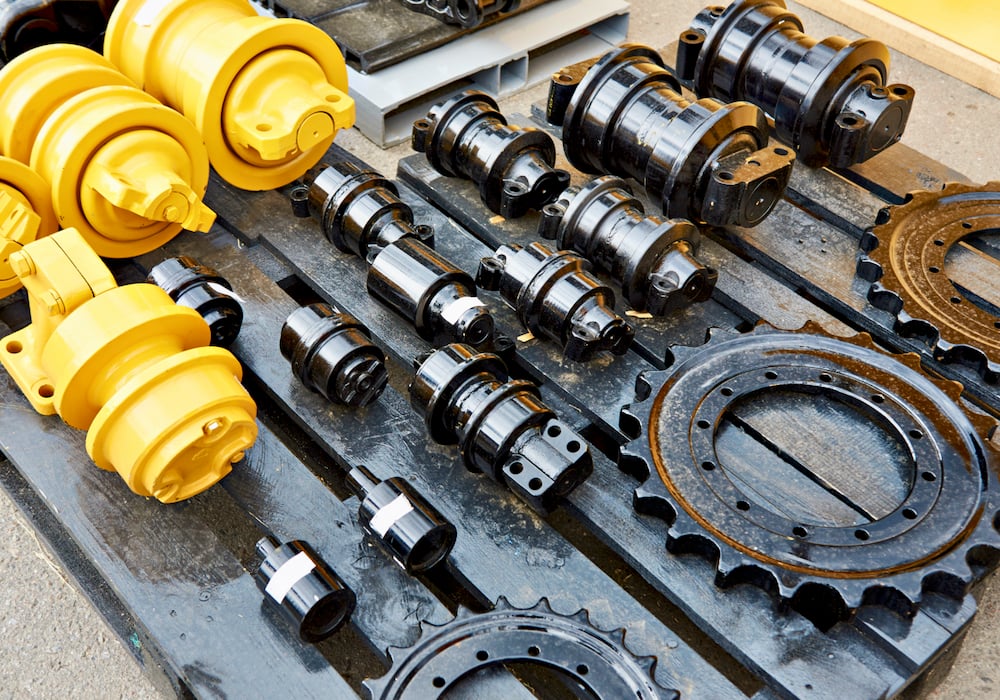Getting schooled on animal agriculture

Glacier FarmMedia – A new report commissioned by the Canadian Agri-Food Policy Institute (CAPI) seeks to educate policymakers about the impact of animal agriculture at economic, social and environmental levels.
Read Also

Equipment makers take steps to solidify supply chain
Agricultural machinery companies around the world are reducing their supply chain risk by finding multiple suppliers for key components and…
The report, called “Forces Impacting Animal Agriculture In Canada: A Synthesis,” delves into issues surrounding beef, dairy and poultry production in the country and how they are interconnected with the day-to-day life of residents.
Al Mussell, CAPI’s director of research, said the report draws from a lengthy technical report. While both that technical report and the “Synthesis” document conclude that animal agriculture is important, the economic impact of the sector is not as clear.
“It makes the point, and really drives home, that animal agriculture is extremely important in Canada. It’s extremely important from an economic growth perspective, but it is particularly important regionally in rural areas that otherwise would not have the same levels of employment, levels of income in local communities,” said Mussell.
It’s also an industry built on using farming byproducts to increase the value of animals and, in the case of disasters like hail and drought, provides options for grain farmers to recover some value from ravaged crops.
Livestock also enhances pasture lands through grazing, the report said. Mussell pointed to the sector’s links to increased biodiversity when responsible grazing is pursued.
“You look at what we are able to do today to make better use of grasslands, lighten up the footprint of animal agriculture within that. [It’s] pretty impressive, and that’s over and above the basic conversion efficiency of animal agriculture.”
That conversion efficiency applies across Canada and involves calculating land not suitable for crop production that is instead used for livestock feed and grazing, said Mussell.
“We manage all of this in a manner which is profitable for each of the segments involved and which also supports communities that can work together to deal with the many issues that can come up and mitigate those by working together.”
The report also highlights Canada’s relatively low carbon dioxide emissions from the production of pork and beef compared to Western Europe, South America and Australia.
The public trust aspect of the report also gave producers high marks. Farmers are the most trusted people in the Canadian food system, it noted.
Economically, animal agriculture produces $90 billion in sales, 164,000 direct jobs and roughly two-and-a-half times that in indirect jobs across Canada.
Lost in the weeds
Mussell said such points can get lost in the complexity of the agricultural food production system.
“The motivation for writing this report, this major initiative on our part, comes out of the concern there are quite a number of people who need to be involved in decisions that relate to animal agriculture but don’t bring particular expertise to it,” he said.
“Those people are in a difficult spot because there is always a tendency to fall into a subset of isolated facts that might take you in a particular direction when in fact this is a much more complicated type of a system.”
CAPI says the report is designed to provide a well-rounded perspective to such decision makers.
“In Canada, we have an excellent animal agriculture system,” Mussell said. “It’s not perfect. There are problems. There are challenges and they need supportive policy to make headway on those challenges.”
One such challenge is Canada’s steadily shrinking cattle numbers.
The “Forces Impacting Animal Agriculture In Canada: A Synthesis” report can be found on the CAPI website, capi-icpa.ca.
– This article was originally published at The Western Producer.
Source: Farmtario.com

